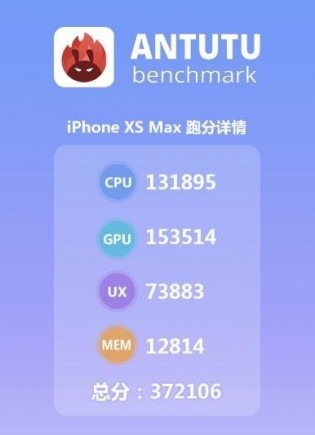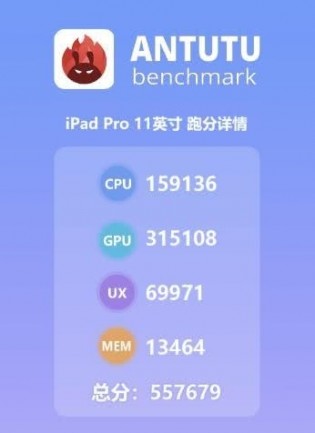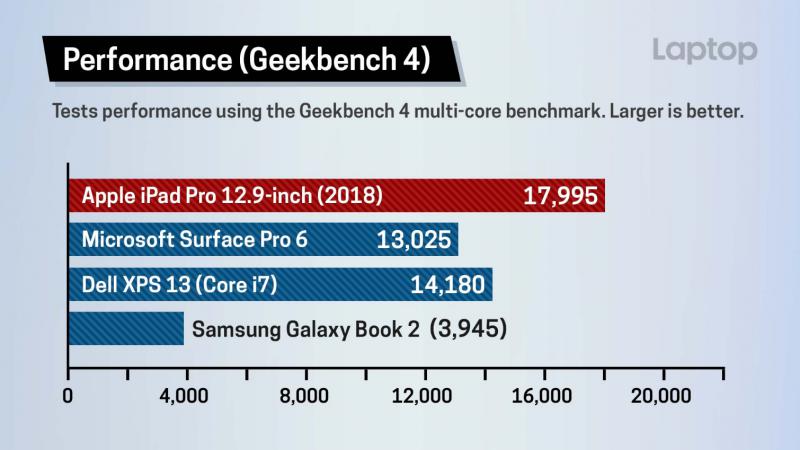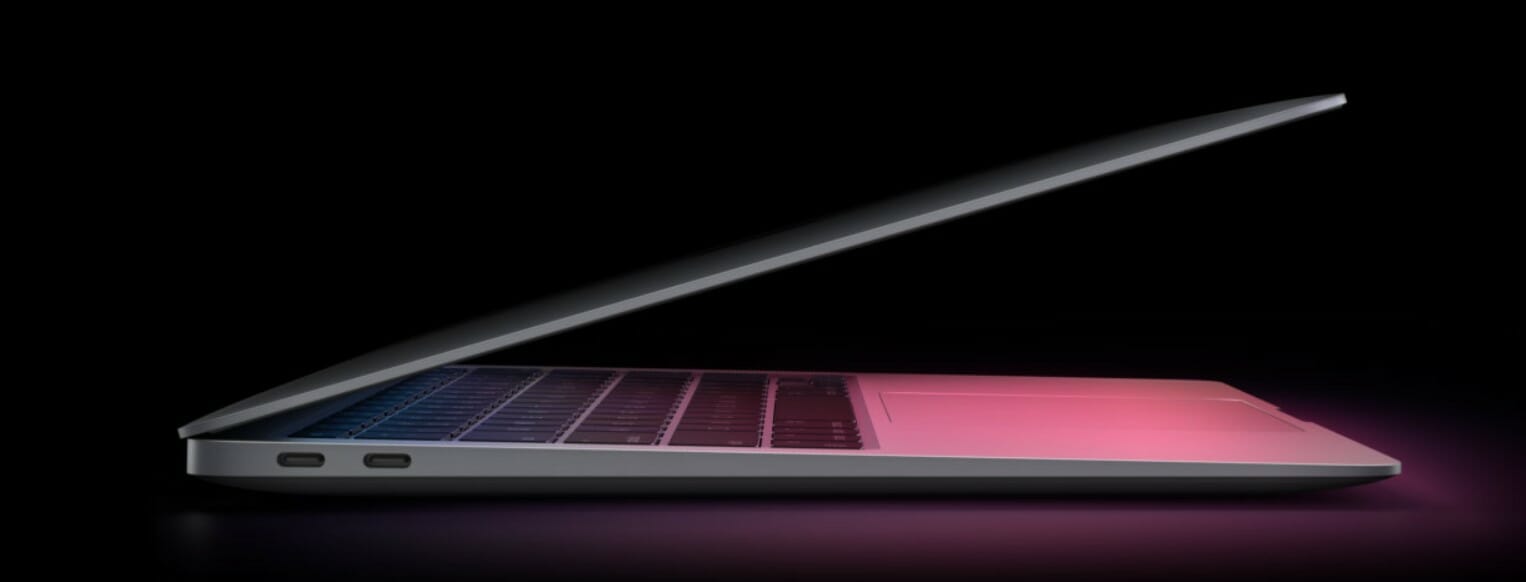We know that Apple makes some of the world’s most powerful mobile chips, and the latest A12X Bionic that powers the new iPad Pro looks to be another scorcher. The first iPad Pro benchmarks from AnTuTu have appeared on Thursday, reaffirming Apple’s superiority in this arena.
The 11-inch iPad Pro blazes through a new record score of 557,679, an astonishing 50 percent increase over the already powerful iPhone XS and XS Max.
AnTuTu consists of tests for CPU, GPU, UX and Memory.

 Being an uprated version of the A12 Bionic on 2018 iPhones, CPU tests saw a modest from 131,000 to 159,000. UX and Memory tests also saw progressive growth, however GPU performance is where the A12X Bionic truly excels.
Being an uprated version of the A12 Bionic on 2018 iPhones, CPU tests saw a modest from 131,000 to 159,000. UX and Memory tests also saw progressive growth, however GPU performance is where the A12X Bionic truly excels.
The octa-core GPU recorded 2X better performance than the A12 Bionic, amassing a score of 315,108. The new Apple-designed GPU gains from better multi-layer rendering and lossless memory compression.
With over 10 billion transistors compared to just 6.9 billion in the A12 Bionic, the new chip isn’t just more powerful, but also more power efficient. This is also thanks to a new NPU.
During the iPad Pro launch, Apple claimed that the A12X Bionic is even more powerful than the Xbox One S, while being 94 percent more compact.
Apple CEO Tim Cook also said that the iPad Pro isn’t just the most powerful tablet, but also more powerful than 92 percent of notebook computers out there.
And he wasn’t kidding.
 On Geekbench 4 benchmarks as tested by Laptop Mag, the 12.9-inch iPad Pro blew past the Surface Pro 6 (Intel Core i5) and even the Core i7 version of the Dell XPS 13.
On Geekbench 4 benchmarks as tested by Laptop Mag, the 12.9-inch iPad Pro blew past the Surface Pro 6 (Intel Core i5) and even the Core i7 version of the Dell XPS 13.
Let’s think about this logically for a minute.
OK, done. It’s illogical.
The iPad Pro impresses also in real world tasks. When put through video-editing and photo-processing, the iPad Pro (12.9 inch) was substantially quicker than a MacBook Pro 13-inch, Surface Pro 6 (Core i5) and Dell XPS 13 (Core i7).
And this while delivering outstanding battery life of 13 hours and 41 minutes, outlasting the Samsung Galaxy Book, Surface Pro 6 and Dell XPS 13.
It’s obvious Apple does know a thing or two about making powerful chips. It’s no surprise that it plans to move over to its own silicon in the future.
VIA GSMArena









